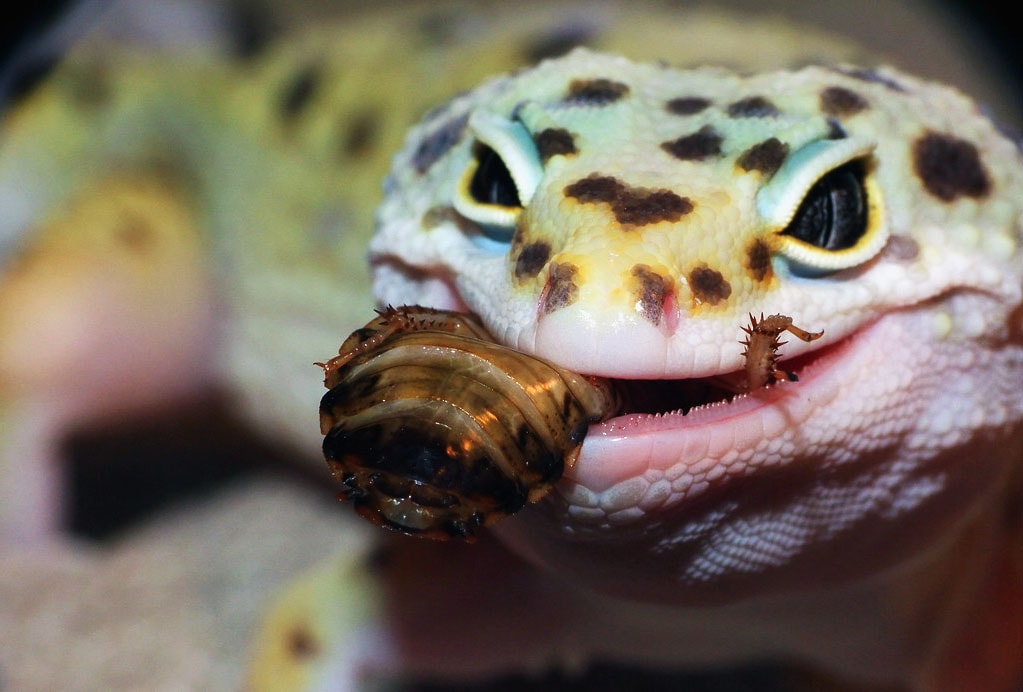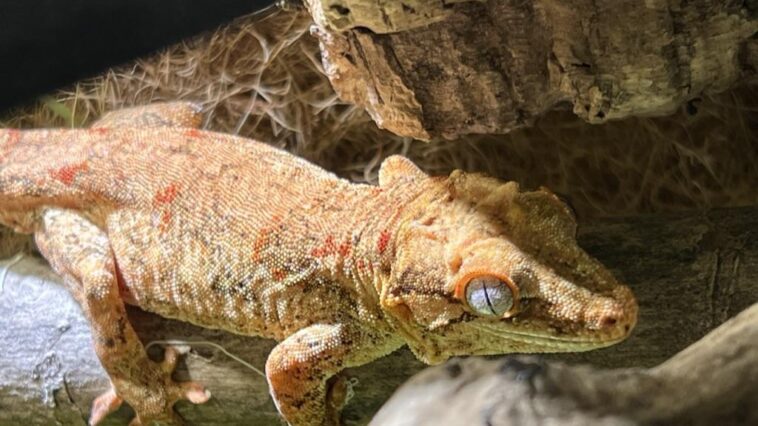May 2014
Monthly Archives
Latest stories
1.3k Views
in Featured ArticlesMy Gargoyle Gecko Mansion
More stories
-
319 Views3 Comments
in Featured ArticlesGecko Husbandry Changes – Part 2
We hope last week’s first installment of “Gecko Husbandry Changes” contained interesting ideas and food for thought from the experts reflecting about how they’ve changed their husbandry in the past few years. Below, another four gecko keepers share their responses. More
-
388 Views3 Comments
in Featured ArticlesGecko Husbandry Changes – Part 1
We’re all familiar with the steep learning curve a novice reptile keeper experiences when learning how to properly care for the first reptile: I bought my first leopard gecko at a big chain pet store and kept it on 2″ of sand in a 10 gallon tank before she needed a vet visit for worms and impaction. Learn how known breeders have changed this year. More
-
827 Views3 Comments
in Featured ArticlesGuide to Phelsuma malamakibo
Phelsuma malamakibo reaches a size of about 140mm in total length. It is identified by the presence of a distinct dark lateral stripe on the neck and body with a white lateral stripe below it as well as a second thin dark stripe underneath the white one. The basic dorsal color is greenish with reddish brown spots arranged into three longitudinal rows on the neck and back.The ventral color is filthy-white. More
-
1.2k Views4 Comments
in Featured ArticlesSome Thoughts About Crested Gecko Breeding
Crested geckos have gained in popularity with the reptile community due to their ease of care, their handle-ability, unique features, and ease of breeding. This species was once considered genetically unpredictable: babies could hatch out looking nothing like the parents, or look nearly identical to them. And for some that was half of the fun, never knowing what would hatch. But for some of us it was frustrating in the beginning, trying to understand why two geckos that looked so similar would produce so many offspring that looked entirely different from the parents. More
-
98 Views7 Comments
in Featured ArticlesOut With the Old, In With the New
My favorite series in the more than 5 years of Gecko Time publication has been the monthly “Three to Get Ready” articles. A series is a valuable resource for any magazine editor because it’s a guaranteed slot in the weekly hunt for articles. This series made no great demands on any single individual: all that was required was for the contributor to respond to 5 simple questions. More




